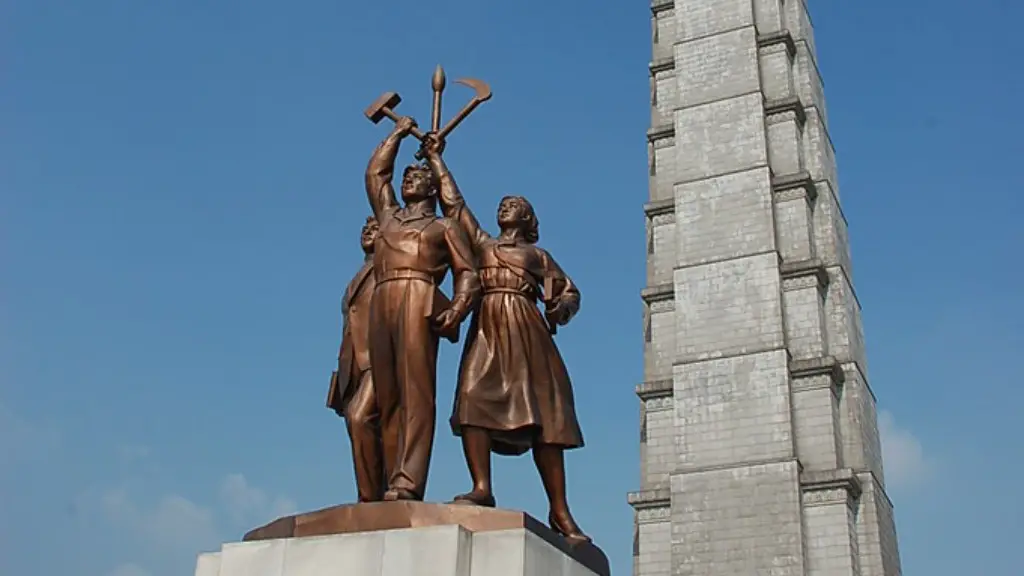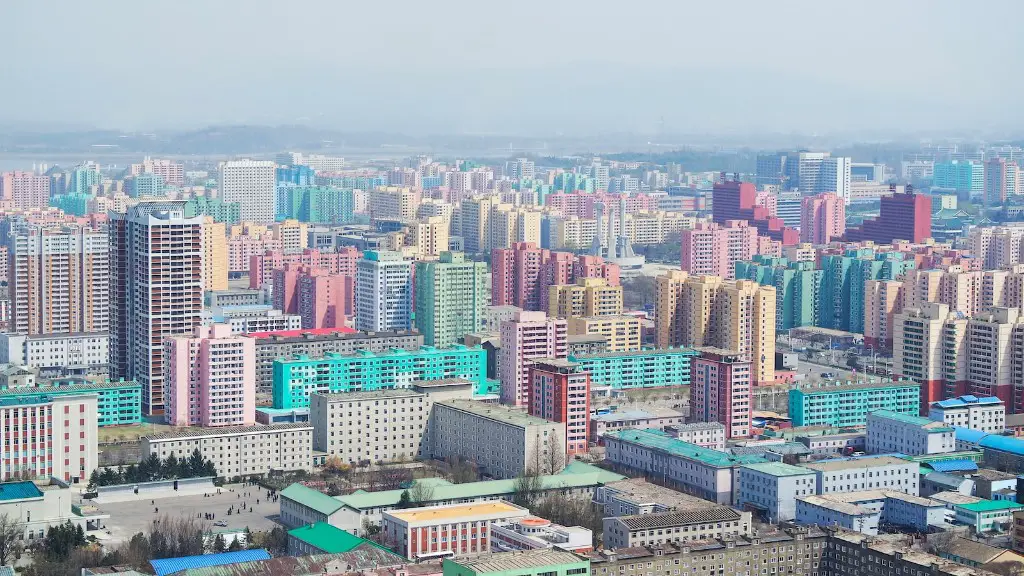Background Information
North Korea has been ruled by a family dynasty since 1948 when Kim Il Sung rose to the power and declared the establishment of ‘Democratic People’s Republic of Korea’ – or DPRK. Kim Il Sung was the country’s first and only leader until his death in 1994. His son Kim Jong Il took his place in power and died in 2011.
The Birth of Kim Jong Un
Kim Jong Un was born in 1983 or 1984, a product of a secret union between Kim Jong Il and his mistress Ko Young Hee. It is believed that he had two full siblings and two half-siblings, but his older brother Kim Jong Chul was seen as too soft to lead North Korea and his half-brother Kim Jong Nam was quickly removed from succession after a failed attempt to illegally enter Japan using a doctored passport.
By the late 2000’s Kim Jong Un had emerged as the likely candidate to succeed his father as North Korea’s leader. In 2010, North Korean state media confirmed his candidacy by giving him, what was at the time, the world’s youngest four-star general military position.
Death of Kim Jong Il
Kim Jong Il died on December 17th 2011 and Kim Jong Un was declared the current leader of the DPRK. He was only 28 or 29 years old and had no experience in leadership outside of his appointed military rank. In remarkable fashion, the head of North Korea’s Worker’s Party and the Supreme Commander of the Korean People’s Army was Kim Jong Un.
However, Kim Jong Il did not officially appoint his son before his death and some analysts suggest that the country’s powerbrokers had conspired behind the scenes to make the sudden transfer of power happen. North Korea had done something that no other nation had before and made a twenty-something year-old president.
Kim Jong Un Consolidates Power
Kim Jong Un wasted no time in consolidating his power and he quickly replaced many of his father’s advisers and generals with his own loyalists. He also brought back to life the personality cult that had been associated with his father and grandfather, while also granting himself several new titles such as ‘Brilliant Comrade’ and ‘Supreme Commander of the Korean People’s Army.’
Kim Jong Un also started what many have come to consider his signature policy – the so-called ‘byungjin’ policy. This policy is focused on developing North Korea’s nuclear and intercontinental ballistic missile program alongside its economy, something that has been met with both praise and criticism from around the world.
Upsurge of Nationalism
Kim Jong Un’s rise to the ‘throne’ of North Korea has been accompanied by a significant upsurge in the nation’s nationalism. This shouldn’t be too much of a surprise as Kim’s rise to the top was based on his promise of continued stability and continuity of the same policies that his father and grandfather preached, with a few modern twists.
His now-famous byungjin policy linked the people of North Korea to a stronger, more prosperous nation and the closure of the Kaesong Industrial complex in February 2016 signaled Kim’s commitment to make the country an independent economic power.
Innovations in Tensions
Kim Jong Un’s leadership style has been marked by an innovative approach to tensions with the outside world. He is the first North Korean leader to meet with foreign officials outside of the Korean peninsula, and his lengthy negotiations with President Donald Trump were viewed by many as one of the few successful episodes in North Korean diplomacy.
Kim also made headlines by being the first North Korean leader to visit the South. His summit with South Korean President Moon Jae In in 2018 was seen as one of the most important summits in the region in decades, and it eventually led to South Korea and North Korea formally declaring a mutual ceasefire.
Hope for a Brighter Future
Since taking power eight years ago, Kim Jong Un has been credited with ushering in a period of stability to North Korea and sparking hope for a brighter future. He has also gone on to be an active leader in the Asian region, making numerous visits to neighboring countries and arguably making North Korea a more important diplomatic player.
Of course, his track record is far from perfect. He has also been accused of consolidating power in an oppressive manner, clamping down on dissent, and using traditional strong-arm tactics to quiet any opposition. But there’s no denying that he has managed to hold North Korea together and there’s the possibility that he may have laid the groundwork for the DPRK’s eventual reintegration into the global community.
Unprecedented Economic Growth
Kim Jong Un has pledged to maintain North Korea’s economic growth and he has taken steps to do so. He has opened the door to foreign investment, allowing multinational corporations to set up shop in the country, and he has also promised to invest in education and infrastructure projects.
His economic policies have been successful in creating a vibrant economy, and the International Monetary Fund estimates that the DPRK’s Gross Domestic Product grew by an unprecedented 3.1% in 2017. This is a stark contrast to the 0.7% growth seen in 2014, the year Kim Jong Un took power.
Pursuing Innovative Solutions
Kim Jong Un is pursuing innovative solutions to North Korea’s problems, including building strong ties with other nations in the region. In August 2018 he became the first North Korean leader to visit China in 14 years and he has met with both Russian President Vladimir Putin and Japanese Prime Minister Shinzo Abe.
Kim has also hosted several high-profile diplomatic delegations in Pyongyang, including the South Korean delegate that eventually led to a historic peace agreement, and he has recently stated that he will pursue an economic policy that takes into consideration the needs of both local and foreign investors.
Strategic Planning
Kim Jong Un has proven to be an adept strategist, overseeing a number of key economic and military initiatives. He has modernized North Korea’s military capabilities and launched numerous cyber espionage campaigns in an effort to gain access to state secrets. He has also overseen the expansion of the country’s nuclear arsenal, which is now believed to be one of the largest in the world.
In addition to his aggressive military policies, Kim Jong Un has developed a more pragmatic approach to foreign relations, developing close relationships with China, Russia and South Korea during the past few years.
Conclusion
In conclusion, it’s clear that Kim Jong Un has managed to consolidate power and usher in an era of stability and economic growth in North Korea. His innovative approach to tensions with the outside world has sparked hope for a brighter future and his modern vision for the nation has already shown results. It remains to be seen how his leadership will shape the future of the DPRK, but for now, he is the indisputable leader of North Korea.


